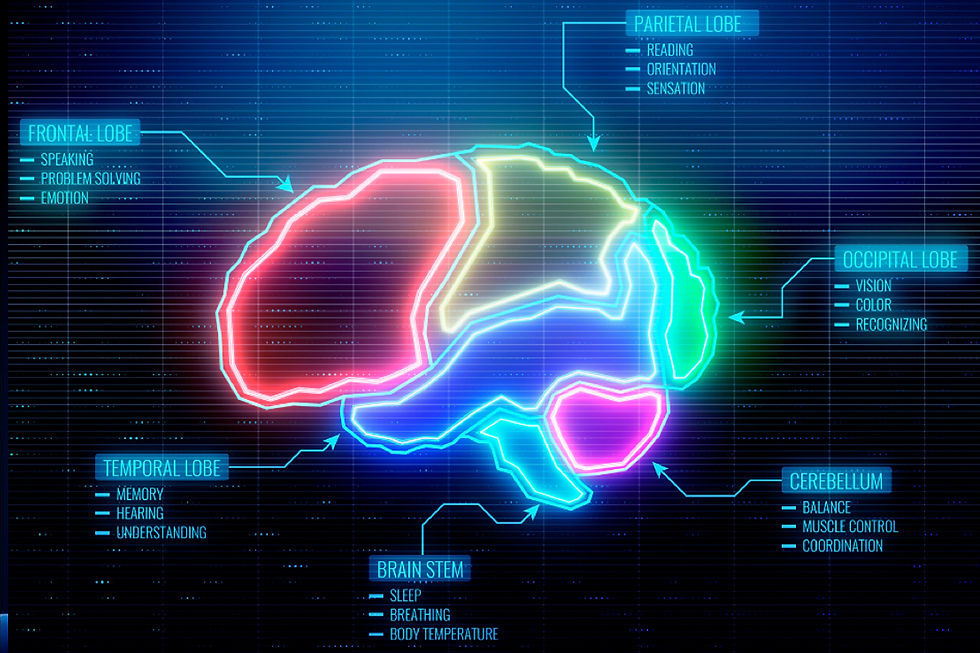The FUTURE of exercise begins with understanding the NATURE of our brain.
- Terry Notary
- Oct 14, 2021
- 2 min read
Updated: Feb 12

Neuroplasticity is the ability of the brain to change, or rewire, throughout a persons life. It is the basis of learning and brain repair. The brain consists of billions of neurons. Neurons communicate with each other through a space between them called a synapse. This communication is made possible by chemical messages, or Nerotransmitters. Basically, the presynaptic neuron releases a neurotransmitter, which binds to, and activates a receptor on the postsynaptic neuron. A typical neuron can have thousands of synapses with connections to other neurons. Together, they form extremely complex networks that are responsible for all of the brains functions.

Synaptic connections, as well as neurons themselves, can change over time, and this phenomenon is called neuroplasticity. Neuroplasticity is activity driven and follows the use it or lose it rule: frequently used synapses are strengthened, while rarely used connections are weekend or eliminated; new activities generate new connections. Changes in synaptic strength can be temporary or long lasting depending on the intensity and recurrence of the signal the synapse receives. Neurons contemporarily enhance their connections by releasing more neurotransmitters, activating a new receptor, or modifying an existing one. This is the basis of short term memory. Long-term memory retention requires strong or sustained activities that produce structural changes, such as growth of new dendritic spines and synaptic connections, or even the formation of new neurons. Structural Neuroplasticity may also result in enlargement of the cortical area associated with the increased activity, and shrinkage of areas that receive less or no activity. For example, in right handed people, the hand motor region on the left side of the brain which controls the right hand, is larger than the other side.

Neuroplastic changes can also be functional, meaning neurons may Adopt a new function when they are sufficiently stimulated. This is how the brain survives injuries, such as strokes. Healthy brain tissues can take over the functions of the damaged area during post stroke rehabilitation. Some stimuli, such as stress or physical exercise, can cause certain neurons to switch from one Nerotransmitter to another, often converting them from excitatory to inhibitory or vice versa. This Nerotransmitter switching is thought to be the basis of behavioral changes induced by such stimuli.
The plasticity of the brain is not limited by age, but is much more remarkable in children as their young brain is still developing. Neuroplasticity is essential for normal brain development as it helps create functional brain circuits and is the basis of learning. This is why acquiring a new skill such as speaking a language or playing a musical instrumentIs much easier in childhood than in adulthood. Neroplastic changes happen all the time, but their magnitude depends on the amount of activity that the brain receives. More practice leads to more learning. Keeping the brain busy is the way to keep it healthy and effective.

QudruFit is designed around the science of neuroplasticity, harnessing movement to stimulate brain development, learning, and adaptability at any age. By engaging both body and mind, it offers all the benefits of exercise while keeping the brain active and healthy.



Comments